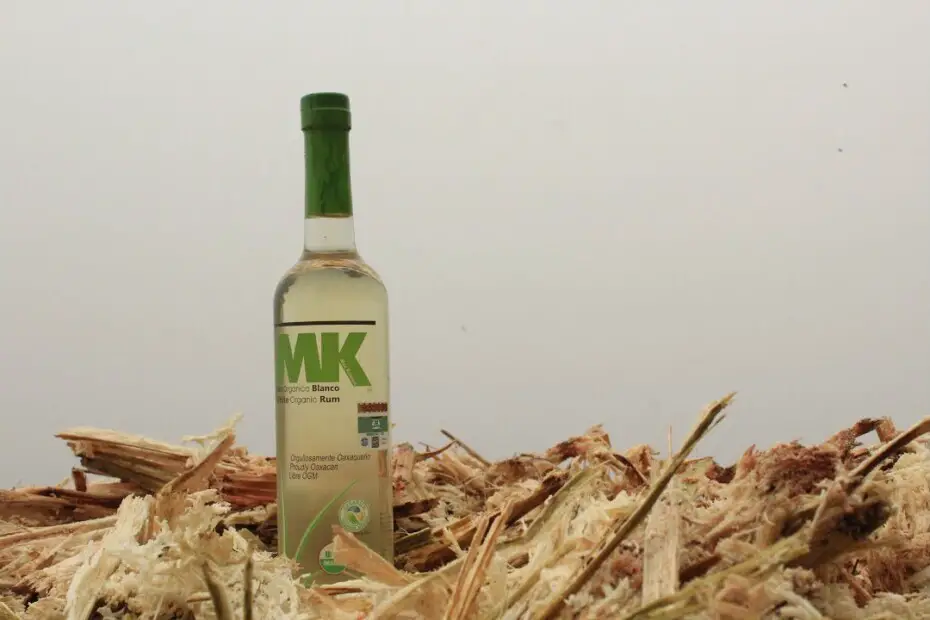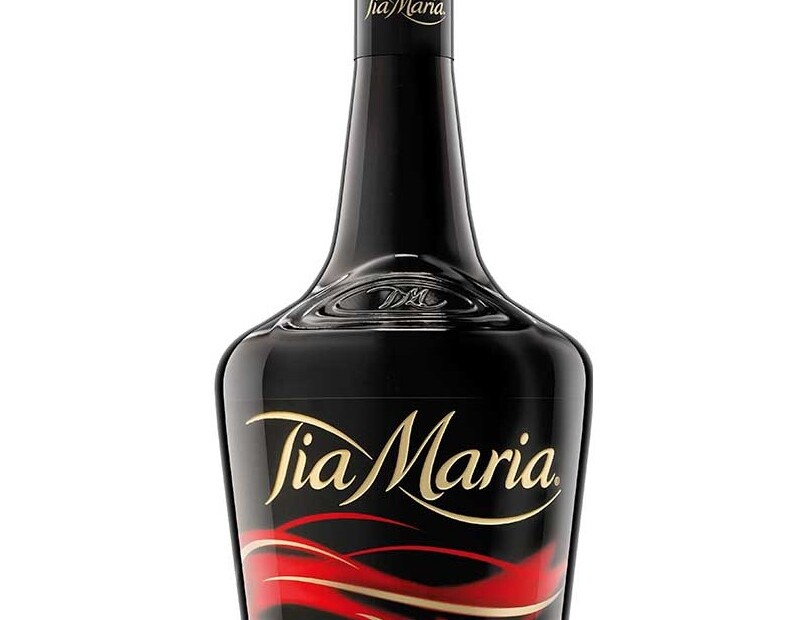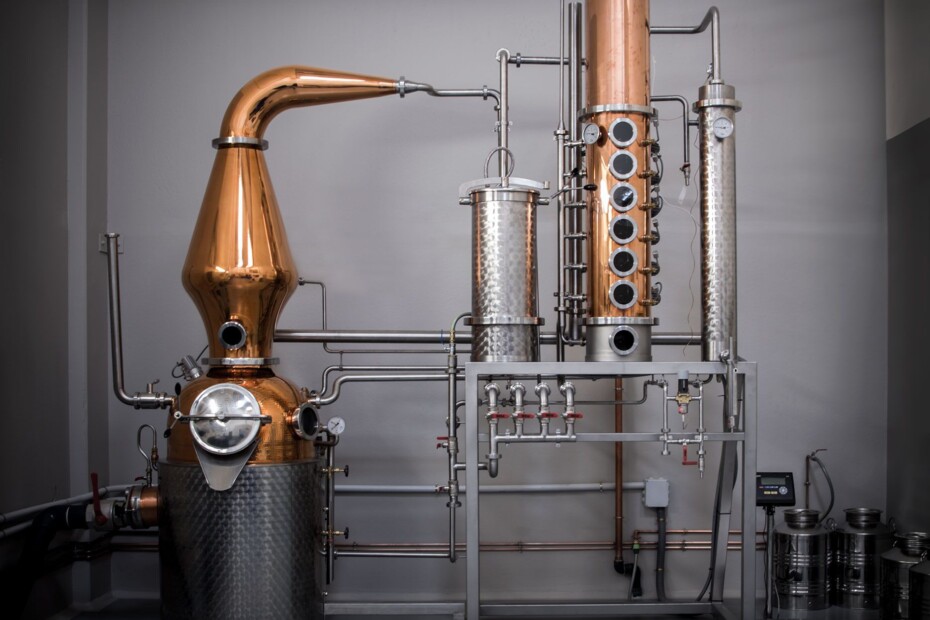do you like sugarcane brandy and want to know everything about it? Sugarcane brandy is part of many cultures that since ancient times have used sugarcane to make delicious beverages. Although at first they had medicinal purposes, they soon became perfect companions for rituals, celebrations and today they continue to accompany thousands of people who discover in its flavor the perfect quality to enjoy.
En esta nota, encontraras lo siguiente
what is Aguardiente de Caña?
Aguardiente de Ca ña is a distilled beverage obtained from the previously fermented sugar cane juice and honeydew. Its production gives rise to certain liquors such as rum and aguardiente, which have gone around the world and are nowadays highly valued.
How to make sugarcane brandy step by step
The aguardiente obtained from the fermentation and continuous distillation of by-products of sugar production such as molasses is known as aguardiente de caña, its alcohol content ranges between 80% and 95%, which is then reduced with distilled water. In order to elaborate sugarcane brandy, it must go through the following process: 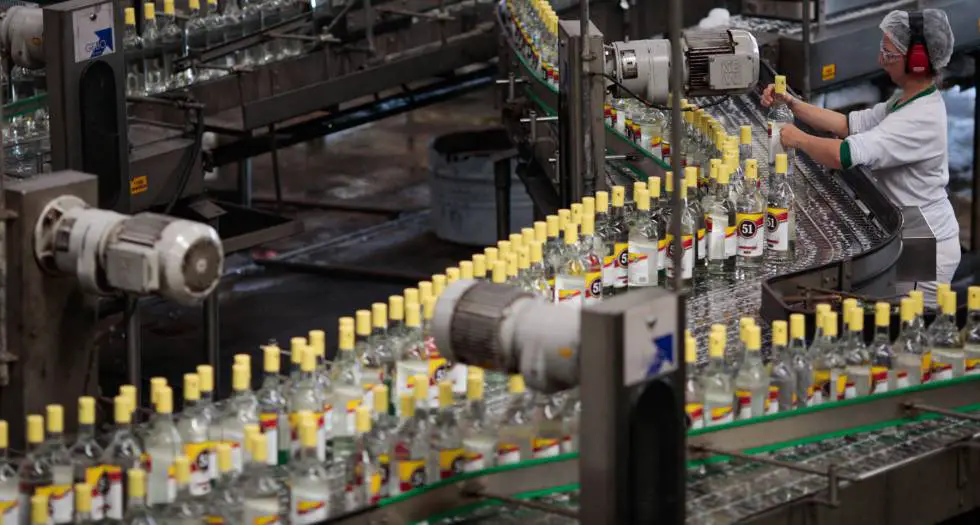
Cane harvesting
Harvesting is done by cutting the canes as close to the ground as possible. Once the canes are harvested, the leaves and the upper end known as the bud are removed and transported to the mill, where they must be milled as soon as possible to avoid dehydration and deterioration of the natural sugar.
Milling
Inside the mill, the canes are washed to remove the remains of soil and cut into small pieces that will facilitate the extraction of the juice. These pieces are passed through a series of mills that extract the juice from the stalks. At the end of the first phase, a small amount of water is added to facilitate the extraction of the next juice.
Filtration
The cane juice, which is green in color, is filtered to eliminate cane residues and then clarified to eliminate suspended solids that will be used for the production of cane brandy.
Sugar Production
The juice obtained after filtration is heated and passed to evaporators to remove excess water. After a second boiling, the molasses becomes darker and thicker, sticky and somewhat bitter, although it contains approximately 55% uncrystallized sugar along with a large number of minerals and compounds essential for aroma and flavor.
Fermentation
Fermentation, carried out by yeasts, converts the sugar into carbon dioxide and alcohol by first preparing a solution containing approximately 15% sugar by diluting the molasses with high purity water. If a smoother cane spirit is desired, fermentation can be completed in a short time of two days. Slow fermentation generates a heavier type, especially when the initial wort is reinforced with residues from previous distillations. At the completion of fermentation, the resulting wort will have an alcohol content between 5% and 9%.
Distillation
This process is carried out to eliminate undesirable flavor agents in the form of esters, aldehydes, congeners and acids, congeners and acids, while retaining those that are desirable. Distillation in stills is the most commonly used, in which the must is poured into a circular copper pot that helps to eliminate impurities, then heat is applied and after an hour the alcohol begins to evaporate.
The vapor is transported through a tube to a condenser, then to obtain a product with a higher alcohol content and a purer final product, the liquid is processed a second time, thus producing a double distillate, which can contain up to 85% and 90% alcohol.
Continuous column distillation is another method used and allows alcohol to be distilled continuously, using two columns called analyzer and rectifier. With this method of distillation the must is separated into its vapors in the analyzer and the vapors are selectively condensed in the rectifier, this will generate a colorless spirit.
Aging
The aging phase is usually carried out in wooden casks and will produce a much more potent cane spirit, as the liquid absorbs tannins, flavor and color from the wood, the natural porosity of the wood allows the spirit to breathe, causing complex oxidative changes in its chemical composition chemical composition. The time the aguardiente will spend in the aging phase will depend directly on the producer and the characteristics he wants the final product to have.
Sugarcane spirit
Sugarcane spirit is usually obtained from by-products of the sugar industry or directly from sugarcane juice. 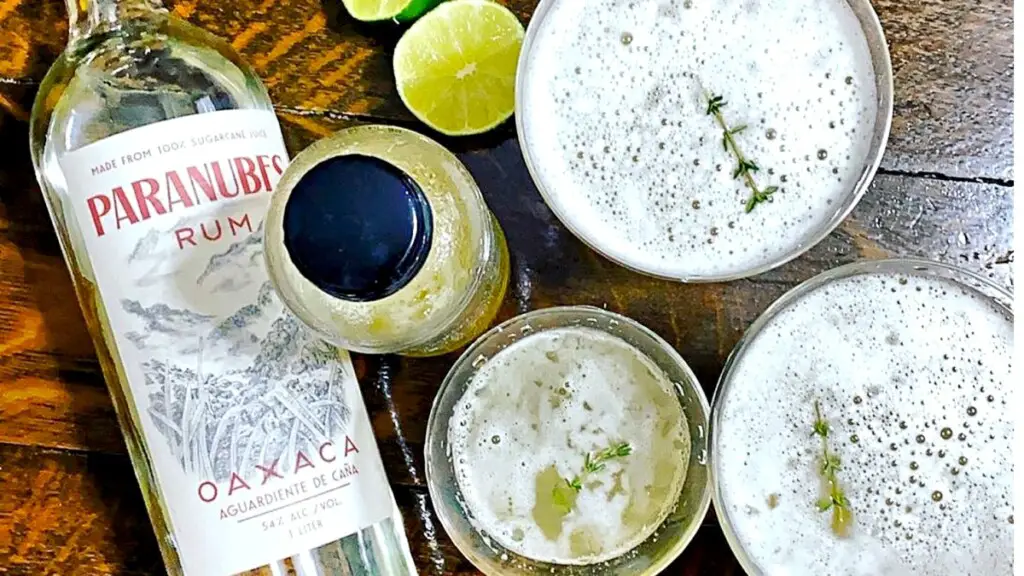 In the manufacture of sugar, a first by-product called cachaza is obtained, which is generated before the crystallization of the sugar, as a consequence of the clarification of the must and from which the popular Brazilian liquor of the same name is made.
In the manufacture of sugar, a first by-product called cachaza is obtained, which is generated before the crystallization of the sugar, as a consequence of the clarification of the must and from which the popular Brazilian liquor of the same name is made.
When the sugar has crystallized, a residue called molasses remains, from which rum is usually made, although it can also be made directly from the juice of the sugar cane. Products such as clear cane also come from the production of sugar cane spirit, which is mixed with other ingredients that will add flavor to the final product, such as herbs, nuts, fruits and spices.

